Cassini Spacecraft Dives Between Saturn and its Rings! -26 April 2017
The Cassini mission has been swooping around Saturn since 2004, but on 26 April 2017 it began its final descent onto the surface of the giant planet. It won't be until 22 September that the space probe finally burns up in Saturn's atmosphere, and until then there is stillplenty more to be discovered. Bon voyage!
Seven Earth-size Exoplanets Discovered!- 23 February 2017
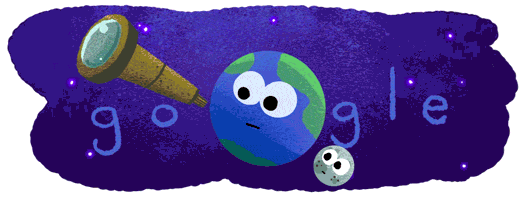
There's an exoplanet party on Google to celebrate the discovery ofseven Earth-like planets in a nearby star system. The telescope that Earth and the Moon are peeking through is calledTRAPPIST (the Transiting Planets and Planetesimals Small Telescope), and measures the dip in brightness from stars as extra solar planets-pass over them. This massive haul was discovered 40 light-years away in the constellation Aquarius.
105th Anniversary of First Expedition to Reach the South Pole - 14 December 2016
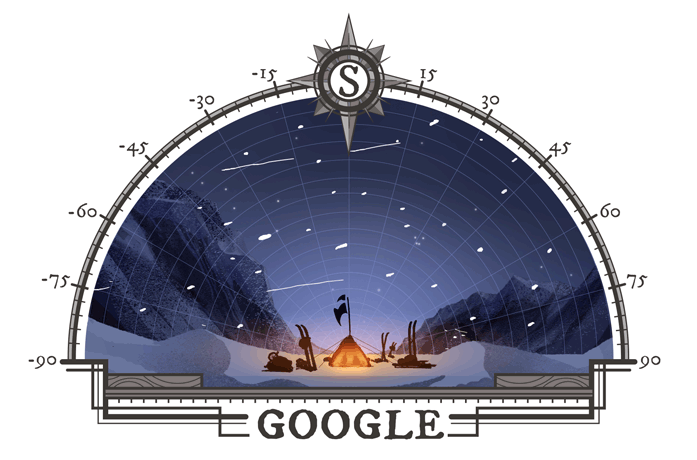
Dare we say that this Google Doodle celebrating Roald Amundsen's successful journey to the South Pole is thecoolestone yet? Thejourneyto the bottom of the planet was fraught with dangers, but apparently Amundsen and his crew would keep spirits up by playing guess the temperature and celebrating birthdays. Guess anything will do when it'll be nearly 100 years before you canget adecent drink...
340th Anniversary of the Determination of the Speed of Light - 7 December 2016

Well this is a cute little Google Doodle. It marks the anniversary of the day Danish astronomerOle Roemer discovered the speed of light by measuringthe timings of an eclipse of Jupiter's moon Io from two different distances. Previously, scientists believed light travelled instantaneously but Roemer built on earlier work by Galileoto determine that it had a constant speed of "about 200,000,000 metres per second". He wasn't far off -the actual speed is 299,792,458 metres per second,but has italways been this way?
Sir Frederick Banting’s 125th Birthday - 14 November 2016
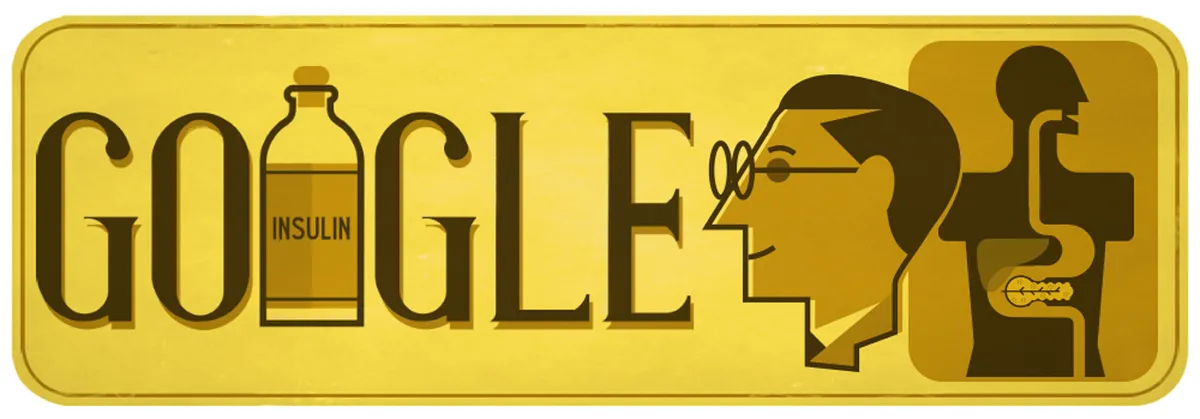
It is of no coincidence thatWorld Diabetes Daylands on Canadian scientist Sir Frederick Banting's birthday - it was his pioneering work isolating insulin that helped provide treatment to one of the world's most common diseases. Before his Nobel Prize-winning discovery in the 1920sthere was no treatment for the disease, which the WHO estimates will be the seventh-leading cause of death in the world by 2030.
Antoni van Leeuwenhoek’s 384th birthday - 24 October 2016
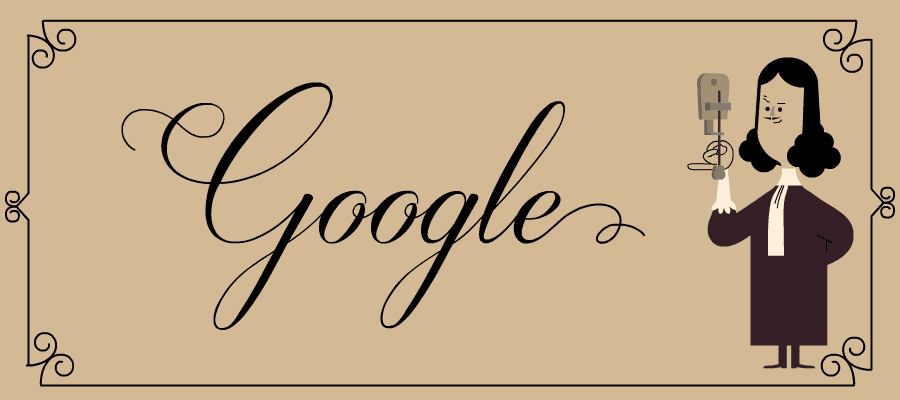
Well well, what have we got here?Antoni van Leeuwenhoek was a Dutch tradesman with a keen eye for making lenses, and a new technique he developed meant he was able to zoom in on his subjects in more detail than ever before. And what did he do with this new found technology? Trained it on a droplet of water and discovered a world of animalcules(or microorganisms to you and me)swimming around in the water. Thanks to this marvellous, if not a little disgusting, findvan Leeuwenhoek is known as theFather of Microbiology.
Juno Reaches Jupiter - 5 July 2016

It looks like Google were as giddy as we were when NASA announced that Juno hadsuccessfully arrivedin orbit around Jupiter after itsfive-year journey. It will now begin its 20-month mission to collect data about the gas giant, which will hopefully give us greater understanding of thelast great enigma in the Solar System. It all looks veryjovial!
Elizabeth Garrett Anderson’s 180th birthday - 9 June 2016
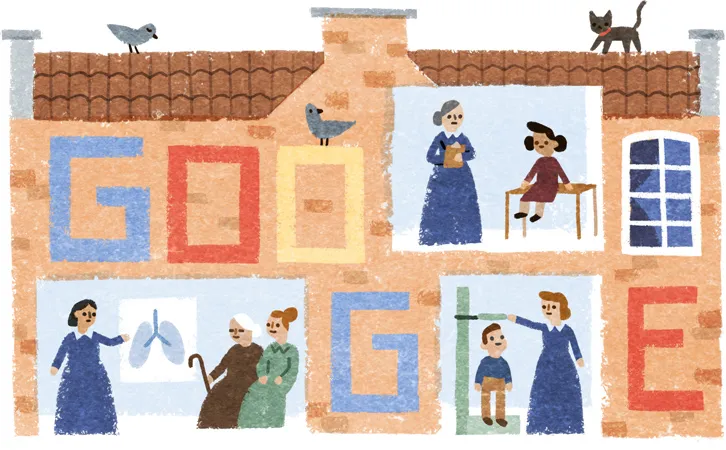
The young Elizabeth Garrett was clearly a smart cookie, complaining about the lack of science educationat her school,Blackheath’s Boarding School for Ladies. After excelling as a surgery nurse, she was inspired by America's first female doctor Elizabeth Blackwell to become a physician, and was able to exploit a loophole to train in medicine despite rules at the time forbidding women from the field. Not only did she become Britian's first female medic, she was also France's, as well as being the first dean of a medical university and the first female magistrate. All that and she lived to the ripe old age of 81.
Claude Shannon’s 100th birthday - 30 April 2016

Wherever you're reading this right now you have “the father of information theory”Claude Shannon to thank for it. He was a cryptographer for the US Government during WWII who created the first unbreakable cipher, an early form of artificial intelligence, and developed a new way to store and transmit data.And why is hejuggling ones and zeros? He was also a bit of a prankster who would juggle and ride a unicycle where he worked (and he invented a flame-throwing trumpet for good measure, but that one is probably best consigned to the dustbin of sciencefor now).
Hertha Marks Ayrton’s 162nd birthday - 28 April 2016
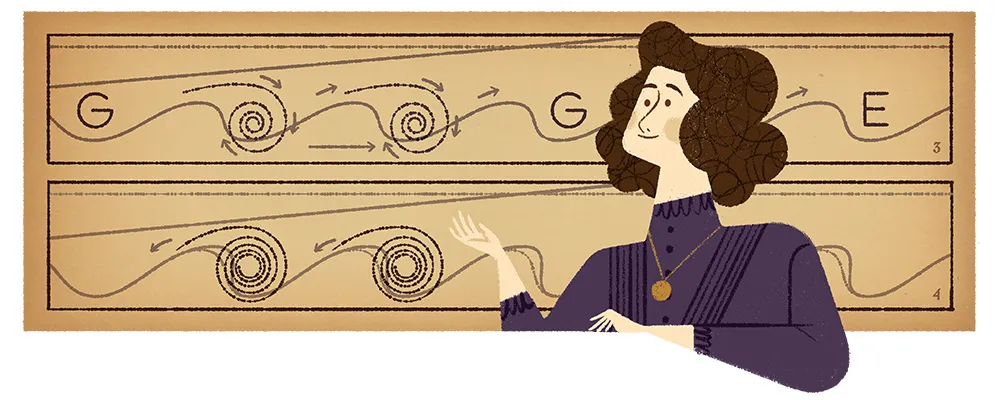
“When a wave washes over sand, ripples will appear.” Seems obvious to us now if you walk down the beach watching the tide, but in 1904 when Hertha Marks Ayrton read her theories as to why it occurred she was the first woman to do so in front of the Royal Society, and became the first to win the Hughes Medal. She was also a passionate suffragette and founded the International Federation of University Women and the National Union of Scientific Workers.Her contribution to science was recognised in 2010 when she was voted one of the ten most influential British women in the history of science.
Caroline Herschel’s 266th Birthday - 15 March 2016
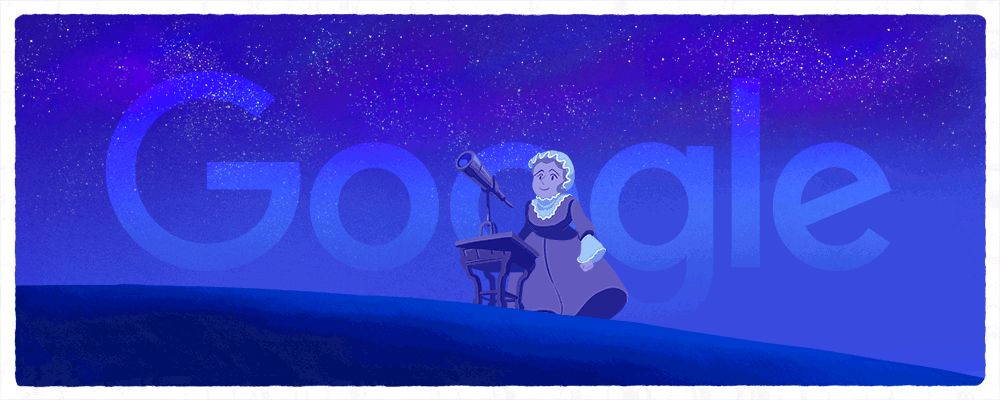
When you think of musicians turning their hands to astronomy it usually conjures up images of Brian May squealing away at Bohemian Rhapsody or the other Briantinkling the ivoriesfor D:REAM, but back in the 1770s, Caroline Herschel eschewed her budding career as a soprano and became an astronomer with her brother William. She would go on to discover hundreds of stars, eight comets, be awarded a gold medal from the Astronomical Society of London and become the first female astronomer for the monarchy.
Clara Rockmore’s 105th Birthday - 9 March 2016
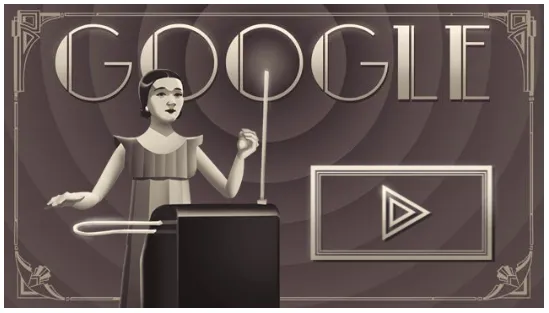
We’re partial to a little music every now and again, especially if it is suitably scientific. Like a 1930s Skrillex, Clara Rockmore was a something of a star in her day, performing the unusual sound of the theremin as a soloist with the New York Philharmonic, the Philadelphia Orchestra, and the Toronto Symphony.She even helped develop the instrument to make it more responsive and with a greater. So next time you sit down in front of a classic science fiction movie, remember to give Clara a nod for that distinctive soundtrack.
Rene Laennec’s 235th Birthday - 17 February 2016
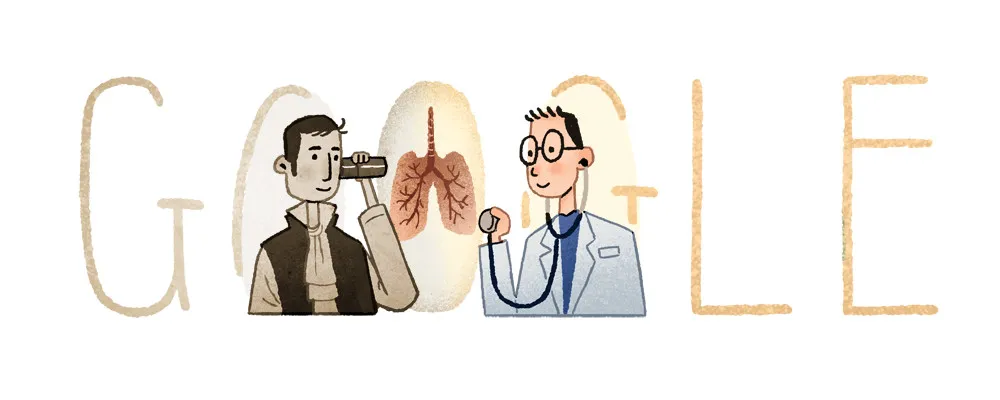
Around the necks of health professionals across the world you find the humble stethoscope, a relatively simple piece of kit that helps them listen to the heartbeats of their patients, but compared to whatRene Laennec createdin 1816, which more resembled a wooden tube, they are mechanical masterpieces. Actually not really, the basic principle still stands, where a resonator is attached to a tube that amplifies the sound towards the ear. This Google Doodle celebrates what would have been Laennec’s 235thbirthday. ‘Ear ‘ear!
41st Anniversary of the discovery of Lucy - 24 November 2015

It has been a while since we had an evolution Google Doodle, but what more fitting an anniversary of the discovery of Lucy, the most complete example ofAustralopithecus afarensisever found. This discovery changed our understanding of how we evolved to walk on two legs. And why is she called Lucy?Lucy in the Sky with Diamondsby The Beatles was playing from a tape player when she was discovered, of course.
George Boole’s 200thbirthday – 2 November 2015
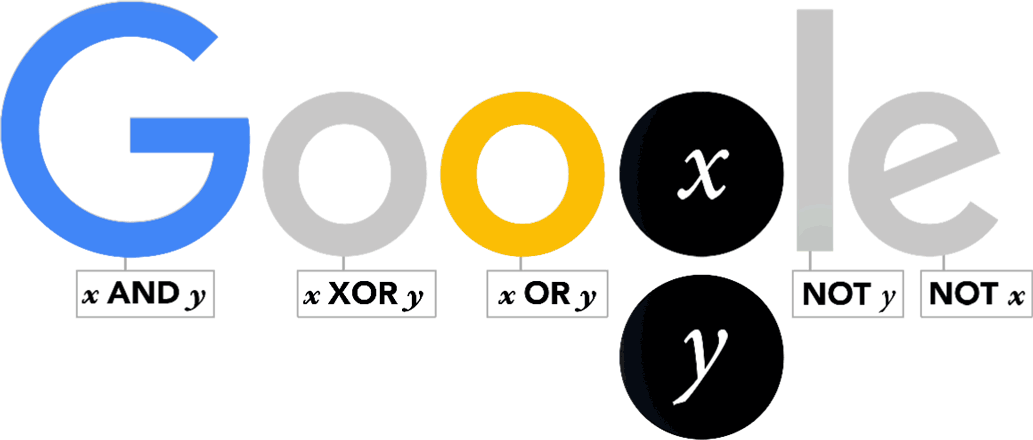
This is one of the nerdiest Google Doodles to date, and we love it. British mathematician Boole wanted to see whether the world could be split into “true” or “false” statements, or “on” or “off”. This idea formed the basis for the information age and would eventually give rise to a little known search engine called Google.
Liquid water on Mars – 29 September 2015

The discovery of the year, nay, decade. The Mars Reconnaissance orbiter found evidence of liquid water running down the planet’s mountains in the summer months. This has tremendous implications for the potential for life existing elsewhere in the Solar System, but never one to take matters too seriously, Google responded with possibly the cutest depiction of Mars, ever. Take a closer look at the Red Planethere.
New Horizons Pluto flyby -14 July 2015
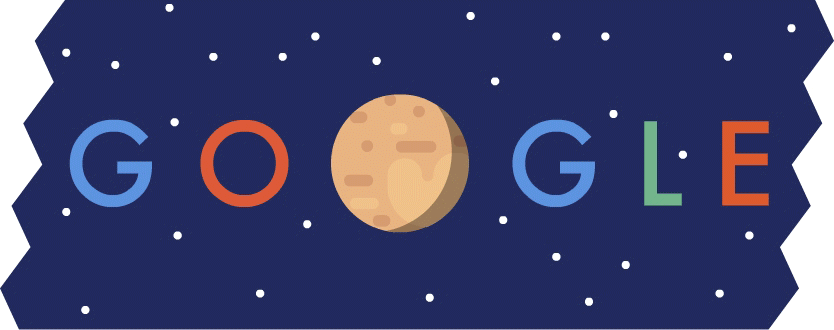
After a nine-year journey, and three billion miles, New Horizons finally made it to Pluto. We’d never seen the ex-planet in close detail before, and over the next few weeks the craft sent back snapshots of the planet in incredibledetail. The Solar System got just a little bit smaller.
Sally Ride’s 64thbirthday – 26 May 2015
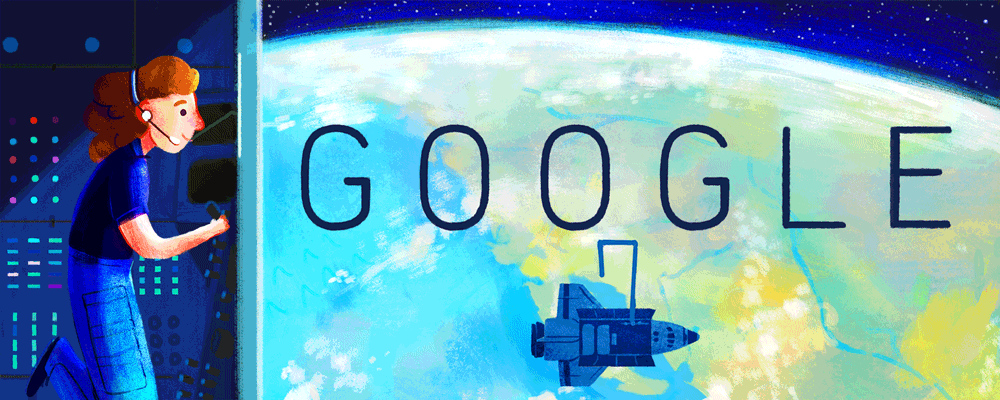
A 64thanniversary might seem like an odd number, but when it’s someone as special as Ride, whyon Earthnot? Sally Ride was a physicist, science writer and the first American woman in space. She was one of 8,000 people who replied to an advert in the Stanford student newspaper looking for female astronauts. Six years later she’d become the first person to control a robotic arm in space.
Inge Lehmann’s 127th Birthday -13 May 2015
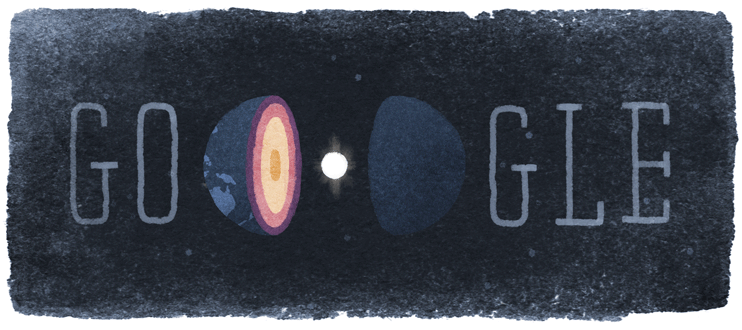
At the turn of the century it was thought that the Earth’s core was a single molten sphere. But after measuring seismic waves – the only way of peering into the planet’s heart – she deduced that there must be two layers: an inner and outer core. She saw the unseeable: that there must be ball of solid metal (made up of a nickel-iron alloy), buried beneath a molten outer core and mantle.
Momofuku Ando’s 105thbirthday -5 March 2015
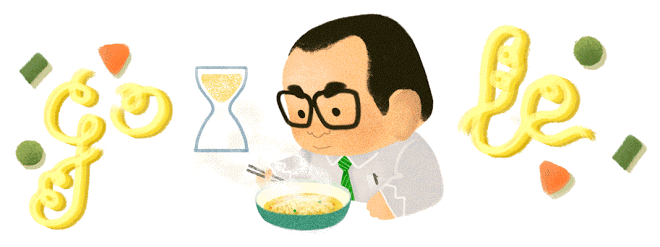
Lehmann might have uncovered the nature of the Earth’s core, and Bohr might have revealed the true nature of the atom, but neither have affected student’s lives around the world quite like Momofuku Ando – the inventor of instant ramen. In his immortal words: “Peel off the lid, pour boiling water into the cup. Let sit for three minutes. Stir well and serve.” Amen.
Alessandro Volta’s 270thbirthday – 18 February 2015
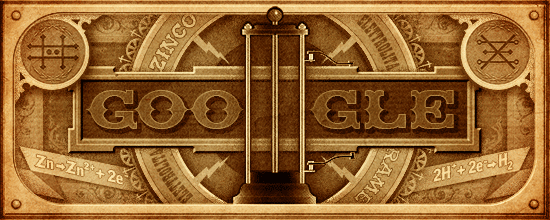
At a time when the general consensus was that only living beings could generate electricity, Volta proved that in fact chemicals could generate current. For his 270thbirthday, the Google doodler (yes, that’s a real job) went for this steampunk animation that tipped its hat to theornate designsof theperiod.
John Venn’s 180thbirthday – 4 August 2014
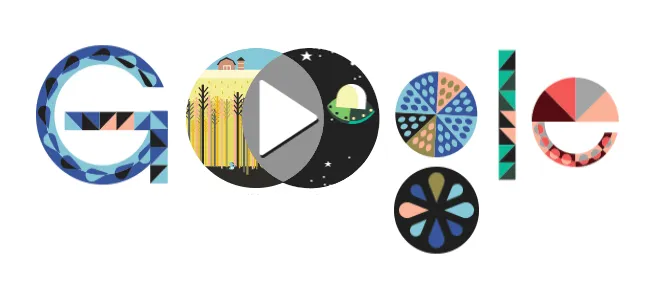
Who doesn’t like agood venn diagram? John Venn, a logician, lived in a world before the world could be organised into circles and looked to set that right. In all seriousness, Venn’s work provided an elegant way to illustrate complex relationships in probability, logic, statistics, linguistics and computer science. This is a still from the interactive doodle – make your ownhere.
End of the Mayan calendar – 21 December 2012
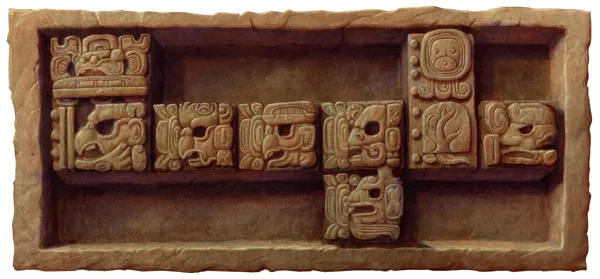
21 December 2012. It was all supposed to end. The Mayan calendar was coming to an end and thus, so was the world. Actually it was just the end of a cycle. Just like Monday always follows Sunday, the Mayan calendar was just intended to restart. The Google Doodle actually displays the date in Mayan format -here’s a closer look.
Niels Bohr’s 127thbirthday -7 October 2012
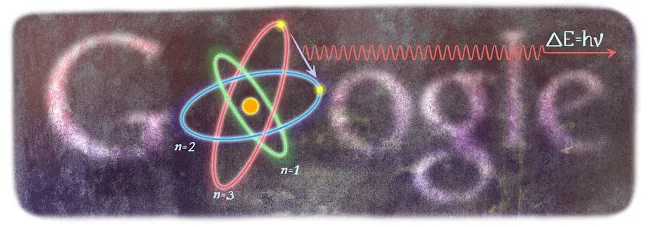
127thbirthdays are apparently a big thing at Google. Bohr developed one of the most accurate models of the atom for its time. Indeed, its underlying principles still hold true today, which is why you’ll see this image time and again gracing the pages of physics text books. His work earned him a Nobel Prize, and formed the foundations of quantum physics.
Robert Moog’s 78thbirthday -23 May 2012
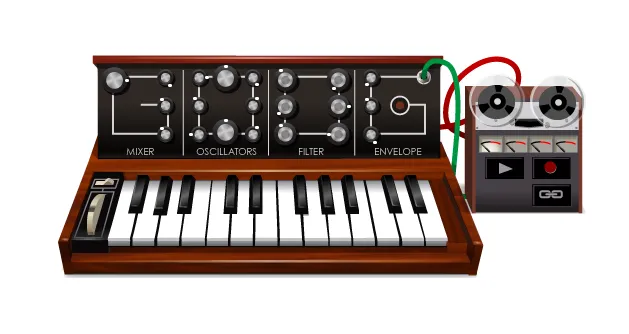
Though the Moog synthesizer may not have changed the world in quite the same way as the light bulb or the battery, this Google Doodle is one of our all-time favourites. A simple image wouldn’t do – so the search engine built its very owndigital synthesizerpatched into a virtual 4-track tape recorder that lets you record and share songs.
Thomas Edison’s 164thbirthday – 11 February 2011
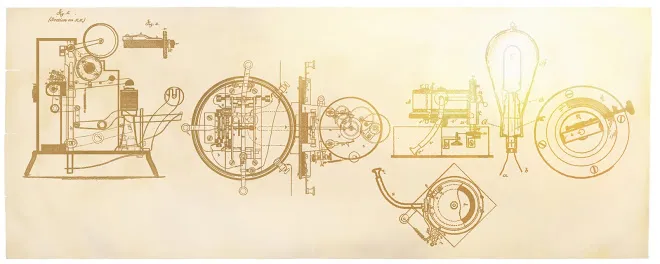
It seems only natural that the man who held the patent for the light bulb, the video camera and the phonograph (amongst a wealth of others) should appear on this list. It seems only natural that his Doodle takes the shape of a patent schematic.
Follow Science Focus onTwitter,Facebook, Instagramand Flipboard
